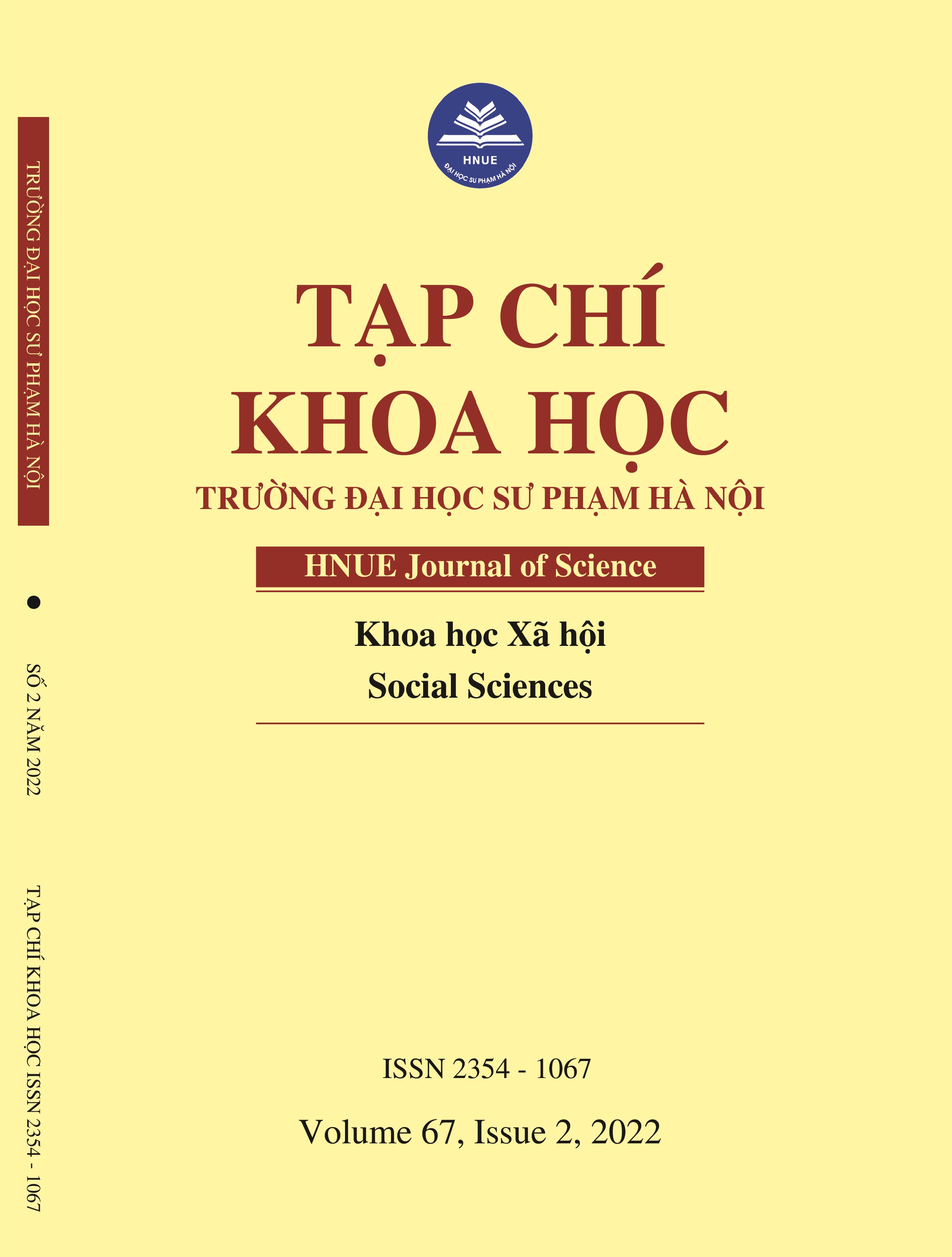Adverse childhood experiences and the empathy in high school students
DOI: 10.18173/2354-1067.2022-0034
Abstract
This study was conducted on 1070 high school students in Hanoi to find out the current situation of adverse childhood experiences, empathy, and the relationship between these two variables. The study also looked into the impact of the demographic characteristics such as gender, age, parent’s occupation, parents’ educational level, and living area on the level of empathy and adverse childhood experiences in high school students. By using two instruments including the Adverse Childhood Experiences International Questionnaire, the World Health Organization, 2020, and the Basic Empathy scale (Jolliffe và Farrington, 2006), results revealed that high school students experienced adverse childhood experiences at a low level. The most common types of adverse childhood experiences were emotional neglect, having family members being treated violently, having one or no parents, parental separation, or divorce. Most of the adverse childhood experiences happened in the family. Demographic factors also influence the extent to which some types of adverse experiences are experienced. In general, 4 groups of adverse childhood experiences positively correlated together. High school students had an average level of empathy, in which the score of cognitive empathy was higher than that of affective empathy. Girls have higher scores of overall empathy than boys did. There was a positive correlation between empathy and cognitive empathy with the number of adverse childhood experiences in high school students. Explanation of results and limitations of the current studies were also discussed.

